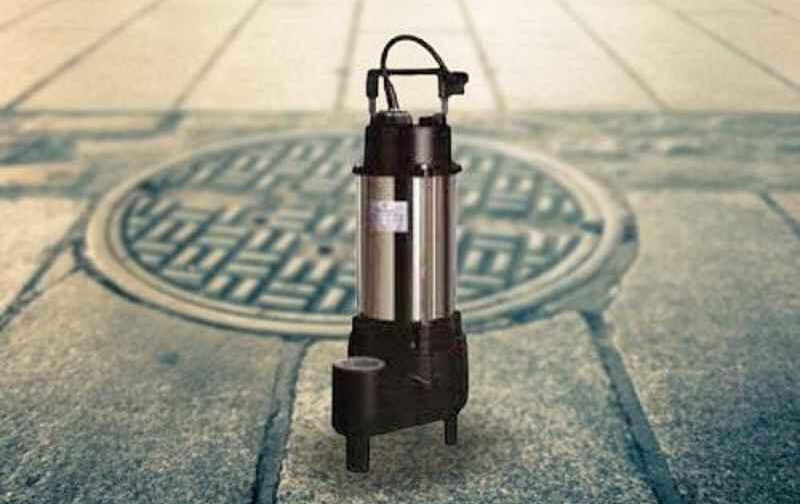Explore Factors for Selecting Your Ideal Sludge Pump
There are several types of sludge pumps available, each designed for specific applications and environments. Some common types include:
- Centrifugal Pumps: These pumps use centrifugal force to move sludge through the pump. They are versatile and widely used for handling various types of sludge.
- Diaphragm Pumps: Diaphragm pumps use a flexible diaphragm to move sludge. They are suitable for pumping thicker and more viscous sludges.
- Progressive Cavity Pumps: Also known as eccentric screw pumps, these pumps use a rotating screw inside a rubber stator to move sludge. They are highly efficient and can handle high-viscosity materials.
- Submersible Pumps: Submersible pumps are designed to be submerged in the sludge. They are commonly used for pumping sludge from tanks, pits, and sumps.
- Peristaltic Pumps: Peristaltic pumps use rollers or shoes to compress a flexible tube, creating a vacuum that draws sludge through the tube. They are gentle on the sludge and suitable for pumping shear-sensitive materials.
- Air-Operated Double Diaphragm (AODD) Pumps: AODD pumps use compressed air to move sludge by alternately expanding and contracting diaphragms. They are suitable for handling abrasive and viscous sludges.
- Plunger Pumps: Plunger pumps use a reciprocating plunger to move sludge. They are capable of generating high pressures and are often used for pumping sludge over long distances.
These are just a few examples, and there may be other specialized types of sludge pumps available for specific applications. The choice of pump depends on factors such as the characteristics of the sludge, flow rate requirements, operating conditions, and budget constraints.
Choosing the right sludge pump involves considering several factors to ensure it meets your specific requirements. Here’s a step-by-step guide to help you make an informed decision:
- Identify the Type of Sludge: Determine the characteristics of the sludge you need to pump, such as its viscosity, solids content, and abrasiveness. Different types of sludge may require different pump technologies for optimal performance.
- Define Pumping Requirements: Determine the flow rate, head (vertical distance the sludge needs to be pumped), and any special considerations such as temperature or chemical compatibility. This information will help narrow down the suitable pump options.
- Consider Pumping Environment: Evaluate the operating conditions, including whether the pump will be used in a submerged or dry environment, indoor or outdoor setting, and any potential hazards such as explosive atmospheres or corrosive materials.
- Assess Pump Construction: Choose a pump constructed of materials compatible with the sludge being pumped and the operating environment. Consider factors such as corrosion resistance, abrasion resistance, and structural integrity.
- Select Pump Technology: Based on the sludge characteristics and pumping requirements, choose the appropriate pump technology such as centrifugal, diaphragm, progressive cavity, or peristaltic pump. Each type has its advantages and limitations, so select the one best suited for your application.
- Evaluate Maintenance Requirements: Consider the ease of maintenance, availability of spare parts, and serviceability of the pump. Choose a pump that is easy to maintain and repair to minimize downtime and operating costs.
- Review Energy Efficiency: Look for pumps with high efficiency ratings to reduce energy consumption and operating costs over the pump’s lifespan. Energy-efficient pumps can also help minimize environmental impact.
- Consider Budget Constraints: Balance performance requirements with budget constraints to find the most cost-effective pump solution. While it’s essential to invest in a reliable pump that meets your needs, consider long-term operating costs and potential savings.
- Consult with Experts: If you’re unsure about which pump to choose or have specific requirements, consult with pump manufacturers, distributors, or industry experts. They can provide valuable insights and recommendations based on their expertise and experience.
By following these steps and thoroughly evaluating your sludge pumping requirements, you can choose the right sludge pump for your application, ensuring efficient and reliable operation.
